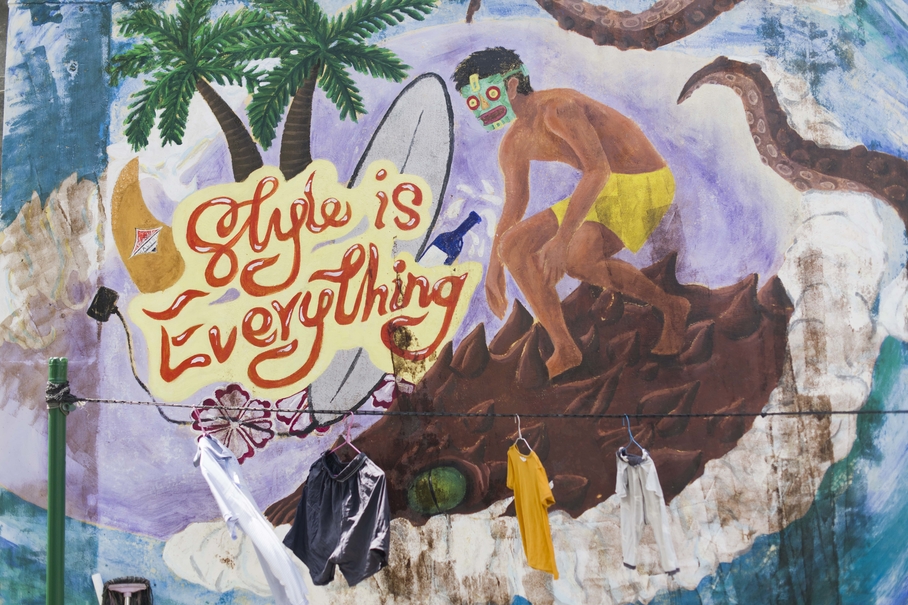Most visitors to Riyue Bay, on the east coast of China’s southern subtropical island province Hainan, simply head there for a lovely day out – ideally documented with a million new photos. Large rocks near the beach’s southern edge provide perfect platforms for young monks, their wine-red robes flapping in the breeze as they pose with arms aloft. Nearby, middle-aged ladies in bucket hats pay to sit on ponies, the weary nags plopping out dotted dung lines as cameras click. The bay is shared by domestic tourists and members of China’s first generation of Hainan surfers, with the sport having first gained traction on the island around ten years ago. Members of this generation, such as pro longboarder Monica Guo and pro surfer-turned-environmentalist Darci Liu, have not always had a laid back time of it. Unfamiliar with a lifestyle seemingly based around floating and showing off ripped torsos, much of mainstream Chinese society has viewed surfers as work-shy drifters. This view has often been reflected in the law enforcement style on China’s coasts. Hainan police regularly stopped cars with surfboards strapped to them, telling owners they were forbidden to surf near swimmers. In Shenzhen, in China’s southern Guangdong province, security guards sawed chunks out of surfboards. But in August 2016, something changed. That month, it was announced that surfing would be included in the Summer Olympics for the first time, debuting at Tokyo 2020, and since then, the water has got a lot busier in Riyue Bay. Rickety surf shops were bulldozed to make way for a gleaming new surf centre overlooking the shore. Around 100 Chinese surf trainees between the ages of ten and 30, recruited on a new government scheme, have moved to the bay, performing exercise routines in the shadow of the new centre, and crowding the sea with their surf lessons. Text by: Jammie Fullerton
Read more in this
Vice article.



















































